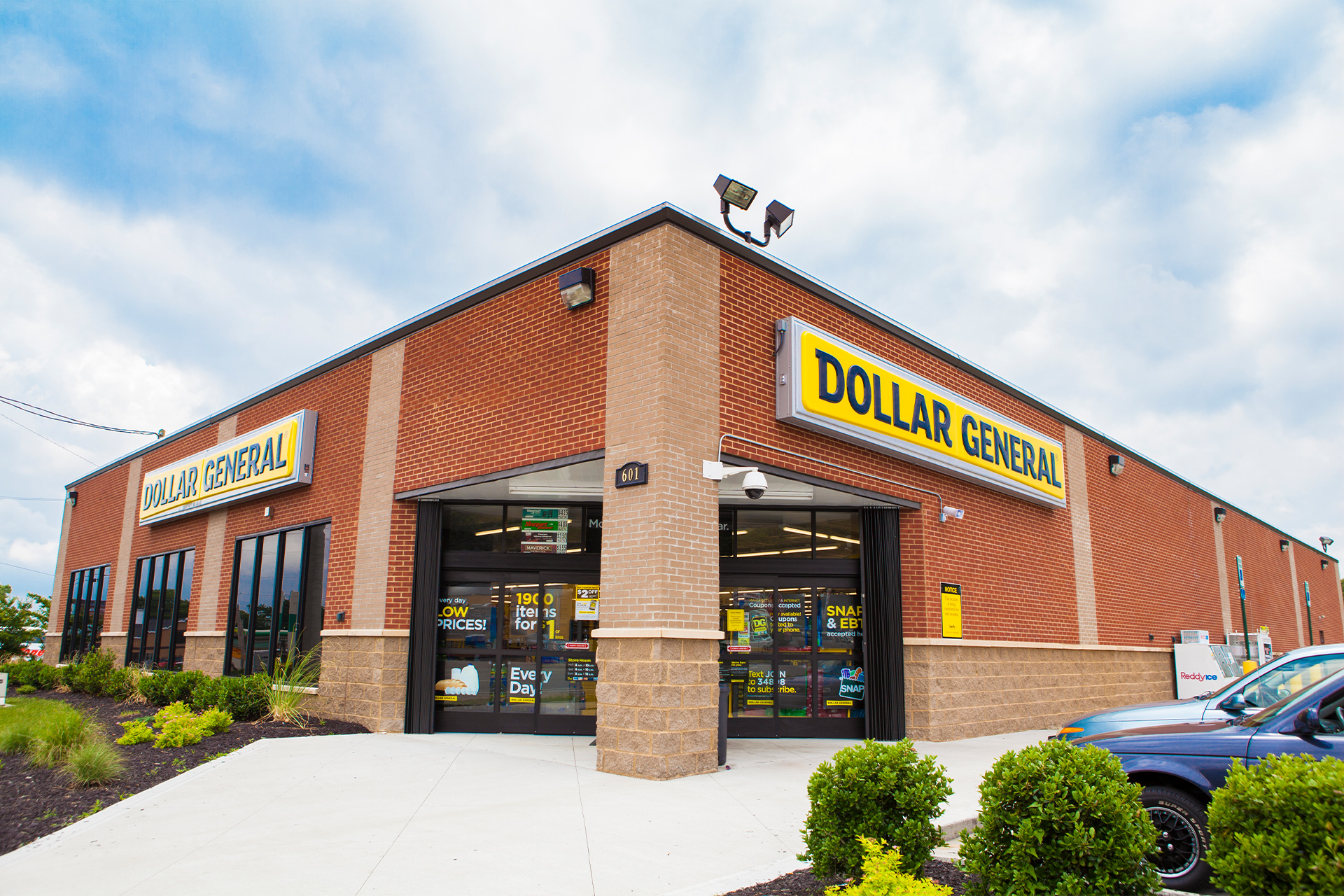The dollar store sector is changing under the influence of inflation and because it has sought a broader clientele including more affluent consumers enticed by new, more specifically targeted store formats.
Indeed, the dollar store sector has made inroads versus rivals in other retail channels based on the value and convenience of store access.
The dollar store moves aren’t happening in a vacuum. Today, the mass merchant model is changing as well, as Walmart and Target emphasize services, including delivery and curbside pickup, and operations that once were peripheral or non-existence from perishable food to financial services.
Walmart has been pushing grocery pickup and delivery hard. Target, which scaled back food assortment to more manageable proportions, is using edibles and consumables to help it build delivery transactions through its Shipt operation, while at the same time partnering with other retailers including CVS and Ulta, using their specialized knowledge to provide a broader range of products and services to its shoppers.
As such, the deep value part of the operational equation is getting less emphasis at Target and Walmart. The period of time around 15 years ago, when Walmart was boosting its fashion quotient and exploring a more upscale positioning was when Dollar General expanded its product offering and pricing structure, keeping the $1 product offering while adding merchandise for many times that amount and even picking up the Bobbie Brooks brand that once was a Walmart staple. So, dollar stores see a current opportunity to welcome consumers who feel a bit left behind by the recent Walmart and Target moves.
In a development that might be even more important as it relates to dollar stores, the drug store sector is changing, too. For one thing, drug chains have been closing stores, making them less convenient for at least some consumers. Then, the reconfiguration of the convenience general merchandise assortment that once dominated drug store selling floors, including cutting back on categories such as home goods, toys and tobacco in favor of beauty, seasonal and wellness, maybe making pharmacy chains less attractive to consumers who regularly purchased everyday needs as they were picking up prescriptions or on a drop-in basis.
Dollar General
So, a concept such as Dollar General’s pOpshelf, which offers a range of home goods including home decor products such as vases and candles, storage items, and kitchen gear, in addition to seasonal, beauty, personal care, including over the counter drugs, and toys, may stand in for at least some visits that once would have gone to a chain drug store.
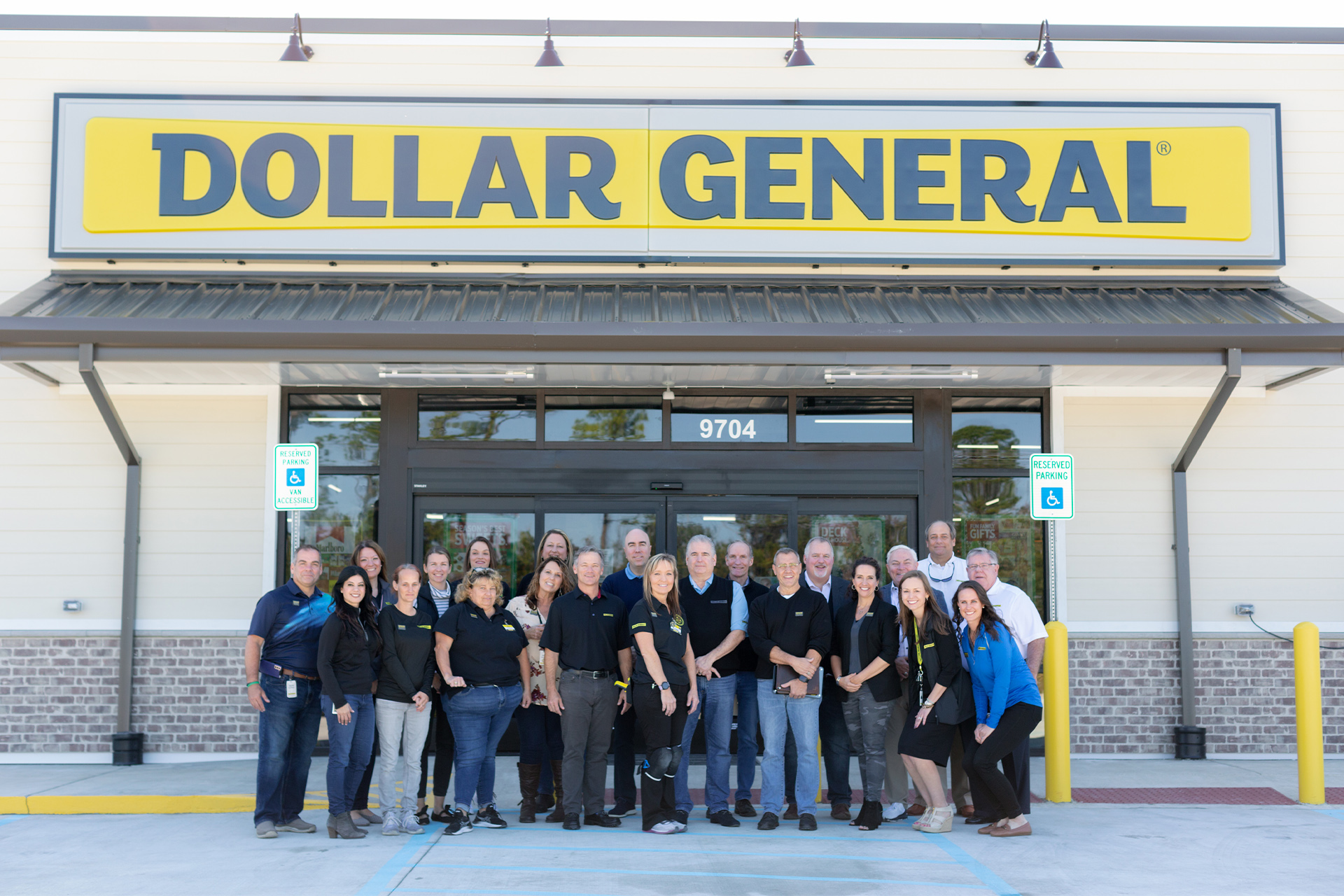
The dollar store sector has grown massively in recent years and continues to add traditional extreme-value stores. For example, Dollar General opened its 18,000th store in Gulf Shores, AL, in November. It plans to add 1,100 locations in 2022, most under its namesake banner. However, 100 locations will sport the pOpshelf nameplate, bringing the total to 150. A new, more upscale format with expanded product selection in categories including home goods, Dollar General expects pOpshelf store to reach 1,000 stores by 2025.
Dollar General has developed both a store-with-store and full location version of pOpshelf. The company debuted the pOpshelf concept in the fall of 2020 with the first two stores opening near Nashville, TN, in late October. At the end of the 2021 third quarter, Dollar General operated 30 pOpshelf stores in six states and 14 store-within-a-store operations incorporated within the company’s DG Market units.
However formulated, pOpshelf offers a selection of on-trend seasonal and home décor, health and beauty, home cleaning supplies, household and specialty items, arts and crafts, party planning and entertaining needs, and toys with the vast majority of items priced at $5 or less. The overall design concept offers the kind of clean and open concept designed for its appeal to middle-class women shoppers as has been developed by Target and drug store chains.
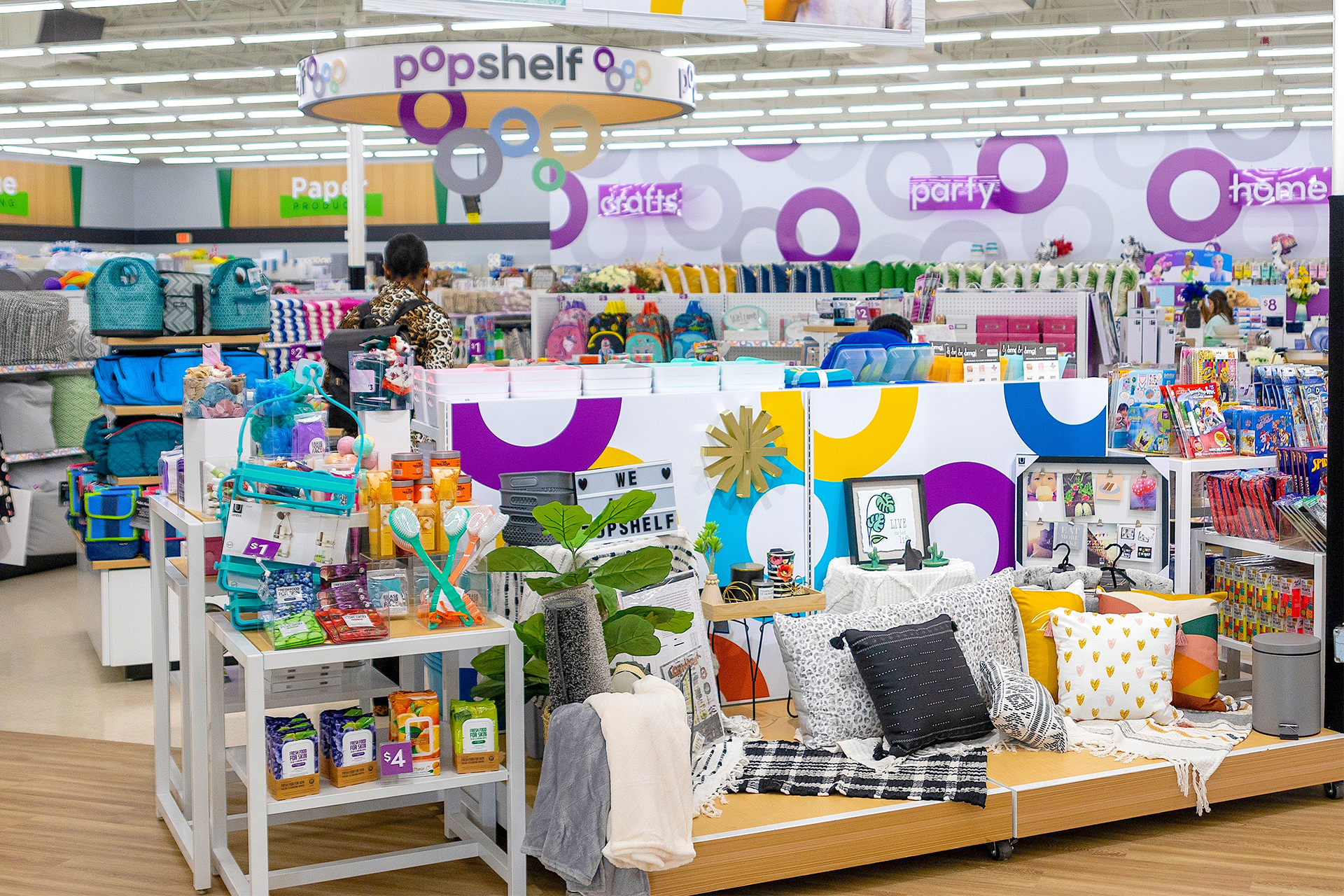
The Dollar General’s Market concept traces back to the early 2000s when the company tested a concept store with an expanded food assortment. In addition to that, Dollar General, supported by its DG Fresh distribution initiative, has been able to expand its perishables food initiatives and, earlier this year, announced that it plans to extend produce to 10,000 stores up from 1,300 today. In both cases, the food initiatives enhance the general store element of the operations and make them more competitive with another growing sector, the deep discount grocery channel inhabited by Aldi, Save-A-Lot and Lidl.
Dollar General also developed the DGX store concept, debuting it during 2017 in Nashville, TN. DGX format offers urban shoppers a focused selection of consumable items and instant consumption options in a compact format with an initial focus on city-dwelling Millennials.
In the company’s third-quarter conference, Todd Vasos, Dollar General CEO, said, pOpshelf performance “continues to exceed our expectations,” and added, “We anticipate these new pOpshelf locations will be incremental to our annual Dollar General store opening plans, as we look to further capitalize on the significant growth opportunities we see for both brands.”
He also commented on another recent initiative, saying, “As previously announced, we recently introduced our digital services by partnering with DoorDash to provide delivery in under an hour in over 10,000 locations, further enhancing our convenience proposition, while broadening our reach with new customers.”
In the conference call, Jeff Owen, Dollar General COO, said that the development of new concepts enhances the company’s growth prospects.
“Across our Dollar General, pOpshelf and DGX format types, we estimate there are approximately 17,000 new store opportunities potentially available in the continental United States alone,” he said.
Value retailers like Dollar General are using completely new concepts to target a more upscale customer base with value-focused solutions, their pOpshelf concept, targeting women with household incomes in the $50,000 to $125,00 range, offers all of the elements of winning with the extreme value positioning: low prices, attractive products offered with a treasure hunt experience supported by a solid mix of private label products.
– Mara Devitt, Senior Partner, McMillan Doolittle
Mara Devitt, senior partner at consultancy McMillan Doolittle, said, “Value retailers like Dollar General are using completely new concepts to target a more upscale customer base with value-focused solutions, their pOpshelf concept, targeting women with household incomes in the $50,000 to $125,00 range, offers all of the elements of winning with the extreme value positioning: low prices, attractive products offered with a treasure hunt experience supported by a solid mix of private label products.”
She added that Dollar General’s DGX convenience-oriented, Millennial-focused format “enables DG to reach new consumers beyond their traditional rural areas in growing urban/suburban areas. These stores look and feel like a convenience store, not a dollar store.”
Vasos pointed out that the closure of drug chain stores, as they recalibrate operations to emphasize health services, presents Dollar General opportunities. But it’s not just store closures. As the chain drug business changes, Dollar General is shadowing its operations to make its stores even more attractive to consumers who have been shoppers of the rival channel.
“If you think about the drug store business, the drug business has been our biggest donor of share over the many years,” Vasos says. “We’ve been very vocal about that. And with our health initiatives, we continue to gain more and more share from consumers around health and beauty in general.”
Vasos says he looks at the future with optimism.
“We operate in one of the most attractive sectors in retail,” he said. “And as a mature retailer in growth mode, we continue to lay the groundwork for future initiatives, which we believe will unlock additional growth opportunities as we move forward. Overall, I’ve never felt better about the underlying business model, and we are excited about the significant growth opportunities we see ahead.”
When we think of the giants of retail, we quickly think of Walmart, Target, and Costco, yet there is a real potential for the brands like Dollar General, Five Below and others to quickly enter that rarified air. The success begins with a deep understanding of their target audience and an understanding of what to provide and where.
-Ethan Chernofsky, VP/Marketing, Placer.ai
It should be noted that Dollar General continues to refine the digital operation, with a focus on its app and promotion of Doordash delivery. And it plans to open stores in Mexico for the first time.
Ethan Chernofsky, vp/marketing at traffic tracker and marker researcher Placer.ai, observed, “When we think of the giants of retail, we quickly think of Walmart, Target, and Costco, yet there is a real potential for the brands like Dollar General, Five Below and others to quickly enter that rarified air. The success begins with a deep understanding of their target audience and an understanding of what to provide and where. This enables expansion strategies that drive almost immediate success. In addition, these brands have taken very strong steps to widen their offerings in order to fulfill more of the retail needs of their base. But the most interesting element is how they are leveraging the current strength to push out new concepts, with the most notable being Dollar General’s pOpShelf. The brands in the dollar space have been able to thrive in the short term because of their ability to deliver on their promise of value, something that has proven to be especially important since the onset of the pandemic.”
Chernofsky added that the creation of new concepts “that push up the market is very exciting because it enables the brand to hit a wider market opportunity. While time will tell how successful each new concept will be, the willingness to make these attempts is critical to building a more significant long-term opportunity, and even if an idea like pOpShelf doesn’t succeed, it could help shape the way Dollar General evolves moving forward.”
Dollar Tree
For its part, in September, Dollar Tree announced that it would begin adding new price points above $1 across all Dollar Tree Plus stores and would begin testing additional price points above $1 in selected legacy Dollar Tree stores. Not long after that announcement, Dollar Tree decided to supplant the $1 price point largely raising it to $1.25. In discussing the move with Dollar Tree consumers and on store visits, grumbling about the price rise occurred, but shoppers did express approval of the product assortment additions they recognized in their store visits, additions that the price rise allowed.
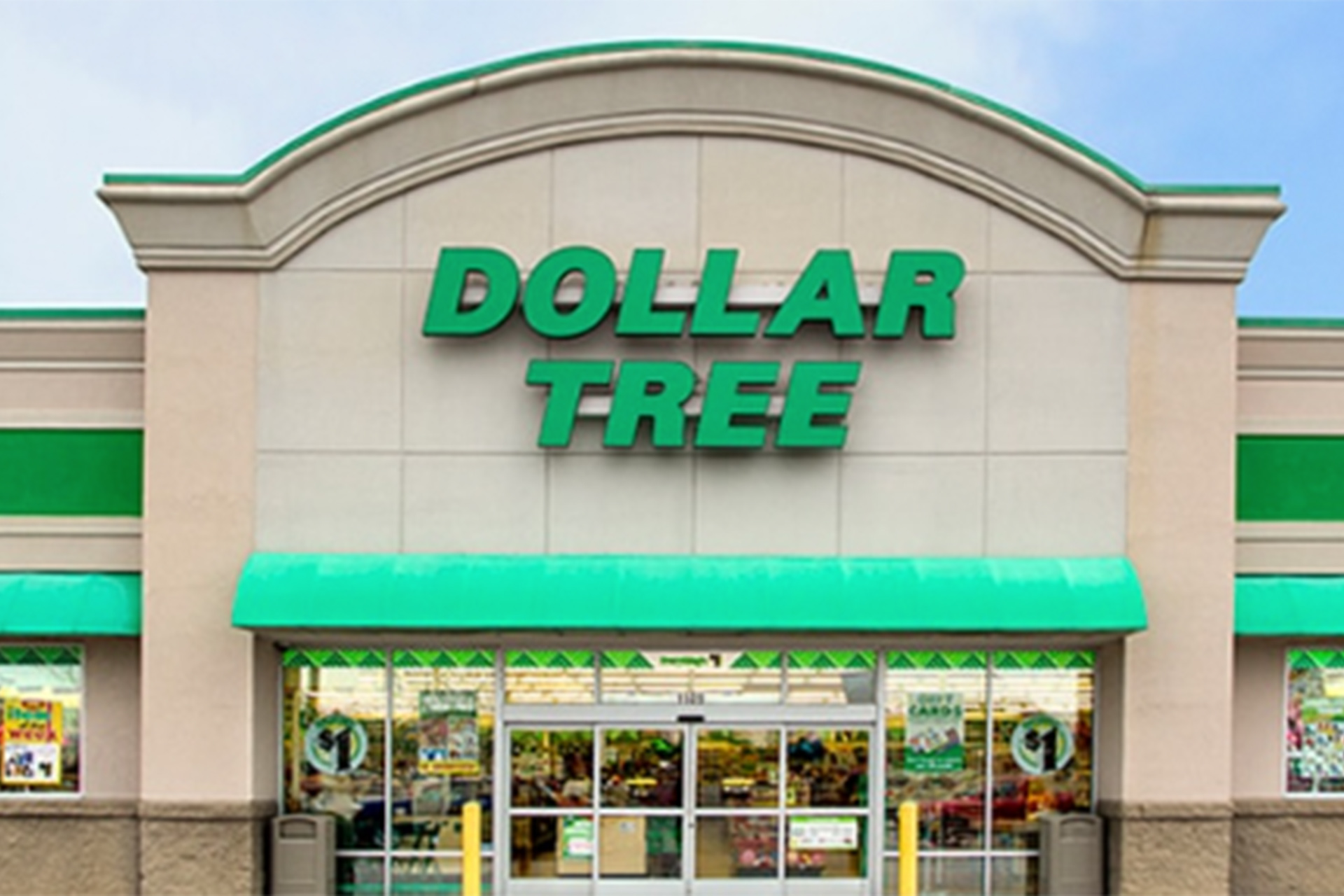
In Dollar Tree’s third-quarter conference call, Michael Witynski, the company’s president and CEO, said, “The $1.25 price point enhances our ability to materially expand assortments, introduce new products and sizes, and provide families with more of their daily essentials. We will have greater flexibility to continue providing incredible value and help customers get the everyday items they need and celebratory and seasonal products that Dollar Tree is best known for. Additionally, we are now reintroducing many customer favorites and key traffic driving domestic and consumable products that Dollar Tree had previously discontinued due to the constraints of the $1 price point. The new price point will also enable us to mitigate historically high merchandising cost increases, including freight and distribution costs, as well as higher operating costs such as wage increases.”
The decision to roll out higher price points was based on a 200-store test in legacy stores and positive customer reaction to the company’s recently developed Combo and Dollar Tree Plus store formats, and Witynski said the Dollar Tree Plus will grow to 600 stores by fiscal year’s end, exceeding the previous target of 500 stores. Plus assortment offer products at $5 and $3 price points in addition to the $1, or now $1.25, tag.
The $1.25 price point enhances our ability to materially expand assortments, introduce new products and sizes, and provide families with more of their daily essentials. We will have greater flexibility to continue providing incredible value and help customers get the everyday items they need and celebratory and seasonal products that Dollar Tree is best known for.
– Michael Witynski, President and CEO, Dollar Tree
The company plans to establish another 1,500 Dollar Tree Plus stores in fiscal 2022 by adding featured $3 and $5 products to legacy stores, on the way to reaching at least 5,000 locations in the format by fiscal 2024’s end. The Combo operations pairs a Dollar Tree and with a sister Family Dollar assortment under the same roof, with the Family Dollar part contributing a broader range of price and quality choices.
The company noted that it currently has 105 Combo stores and expects to add 400 more in fiscal 2022, with the potential of up to 3,000 over the next several years. And, Witynski said, Dollar Tree will renovate 800 legacy Family Dollar stores and rebrand them as H2, a format that the company describes as having an upgraded merchandise offering, reminiscent of Dollar Tree Plus and pOpshelf, while also providing additional coolers and freezers in an upgraded food assortment.
As of January 30, 2021, the company had 2,385 H2 stores with plans to remodel 1,250 stores to this format through fiscal 2021 as well as build ground-up stores. The success of H2, which delivers higher comps than the basic Dollar Tree-operated formats, inspired the creation of the Combo stores, the company related.
Dollar Tree stores also added Instacart delivery, already available from Family Dollar stores. As a result, 13,000 Dollar Tree-operated stores now offer the delivery service.
The company continues developing its online operation. During the company’s second-quarter conference call in August, Witynski stated that digital sales currently represent a small part of the overall Dollar Tree but saw a 70% increase in year over year sales during the first half of fiscal 2021.
Not all dollar stores are focused on new concept development but are, rather, are changing their pricing structure and, has been the case throughout, broadening the scope of merchandise they offer. In effect, some dollar stores are simply making a virtue of necessity.
Not all dollar stores are focused on new concept development but are, rather, are changing their pricing structure and, has been the case throughout, broadening the scope of merchandise they offer. In effect, some dollar stores are simply making a virtue of necessity.
Dennis Cantalupo, CEO of Pulse Ratings, pointed out, “We all knew eventually inflation was going to force the dollar stores to climb the pricing ladder. With that said, we don’t believe that the dollar store retailers will ever abandon their low-price strategy, but raising prices allows them to pass along some of the price increases to consumers while maintaining margins. It also allows them to enter new merchandise categories that may be in line with what their shopper is looking for. Ultimately, we view this as a positive development for the long-term viability of these retailers.
Of course, the erosion of the one-buck price point at dollar stores has been an ongoing process, with Dollar General customers recognizing that it stocks plus $1 and even prices at or approaching $100 for wireless phone plans. Also at long-standing variance, 99 Cents Only Stores added .99 cents to its former top price in 2008. The company later began charging more than a buck for items it wanted to carry but couldn’t manage at the prices below, if barely below, the $1 including milk, butter, eggs and certain general and seasonal merchandise.
Five Below
Five Below, among those retailers in the expanded dollar store-related universe, made exceeding its established limitations something of an occasion. It launched Ten Below Gift Shops as a test in 2019 in time for the holidays. At about the same time the company developed the WOW wall of new products for between $6 and $10. Although the additions caused temporary confusion among some customers, as executives admitted at the time, Five Below, in a fourth-quarter fiscal 2019 conference call stated that the company would continue with trend-oriented and seasonal WOW products and expand the Ten Below presentation to more stores, focusing on tech products and room decor/storage items.
A little more than a year later, the company dropped the Ten Below designation, replacing it with Five Beyond. In the company’s first-quarter fiscal 2021 conference call, the company characterized the changes as one of replacing a defensive strategy with an offensive strategy, one giving the company operational flexibility and even helping it deal with the cost and inflation pressures that have emerged in the COVID-19 pandemic.
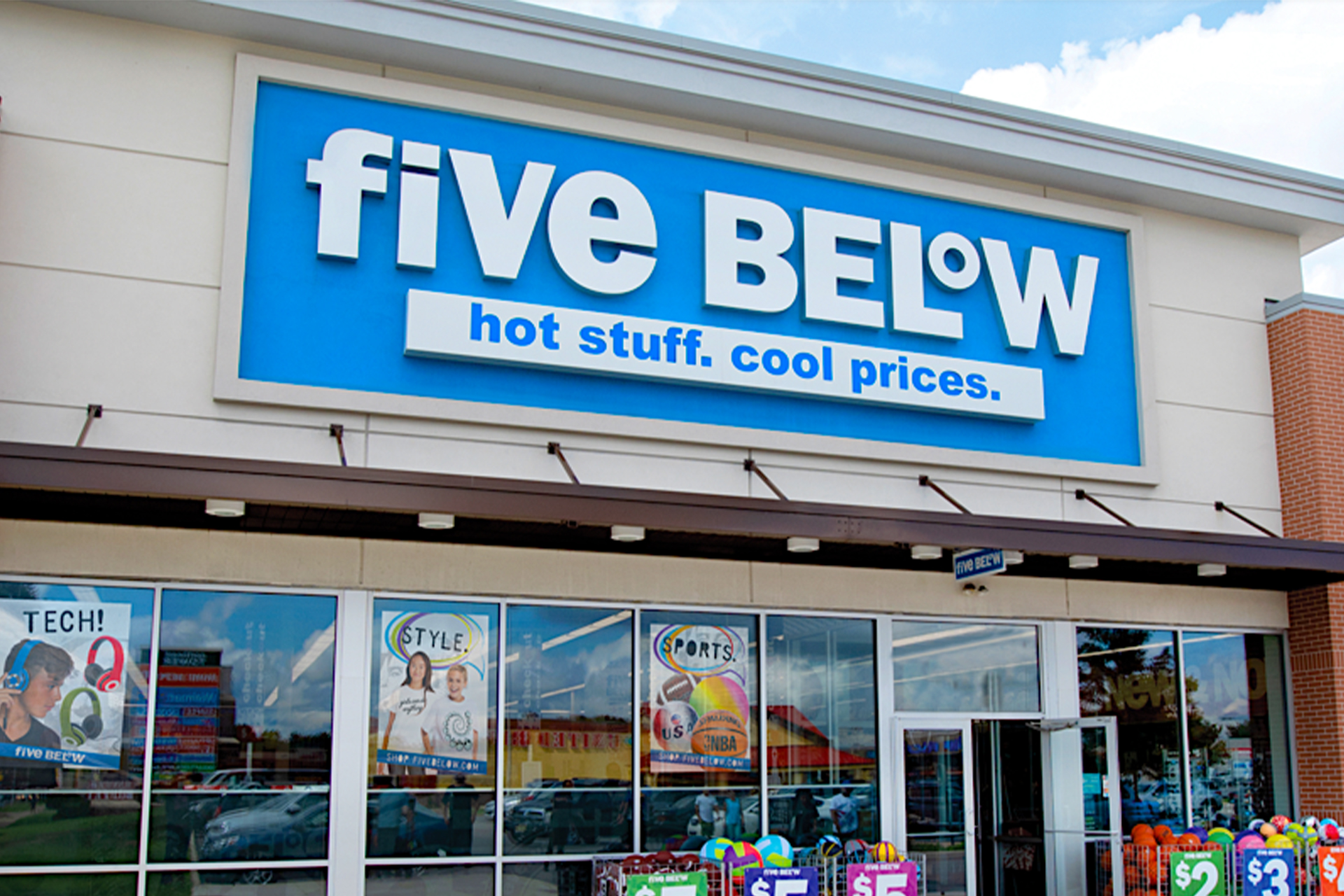
During the company’s third-quarter conference call, Joel Anderson, Five Below president and CEO said, “Our go-forward prototype with Five Beyond sections in the back of the store is in about 30% of our stores. The seasonal Five Beyond WOW featured back-to-school items during the third quarter such as a study from home desk and studio ring light, both for only $10, are two great examples of the incredible WOW and value we are delivering.”
The company also has added a third fulfillment center recently to support its growing online business. The Five Below website, it’s worth noting, recently offered products for as much as $25. The company has also added Instacart delivery. Although adding stores rather than building e-commerce sales remains the emphasis for dollar and related extreme value retailers, the addition of delivery may encourage greater online emphasis across the channel.
Certainly, Five Below is among a class of operators that has consistently built its customer base but has no intention of letting growth momentum face.
Devitt said, “Retailers that offer extreme value to consumers continued to win traffic and share in 2021, and we see this persisting into 2022. These retailers are working on expanding their offering to build share and provide more reasons to visit. Some are doing this with a focus on selling more to current customers. An example is the Five Beyond shop-in-shop concept at Five Below that provides additional product at a great value that doesn’t fit in the below $5 price point. This new assortment makes the store more attractive to more upscale consumers.”
Miniso
With everything else going on, the extreme value, dollar store-influenced sector of retail is becoming broader. China-based Miniso has targeted the U.S. for growth with a dollar-store-related format, dubbed $10 N’ Under. As has been the case with dollar store-style retailers, it fudges the price position with 5% of products offered above the cut-off the name suggests. Miniso’s model is a bit different than that typical of traditional dollar stores, and the company describes itself as a lifestyle retailer. It focuses on home decor products, plush toys, health and beauty items, electronics, fashion accessories and food and beverage all aimed at Gen Z consumers. Miniso does carry a limited assortment of housewares including tableware and food storage.
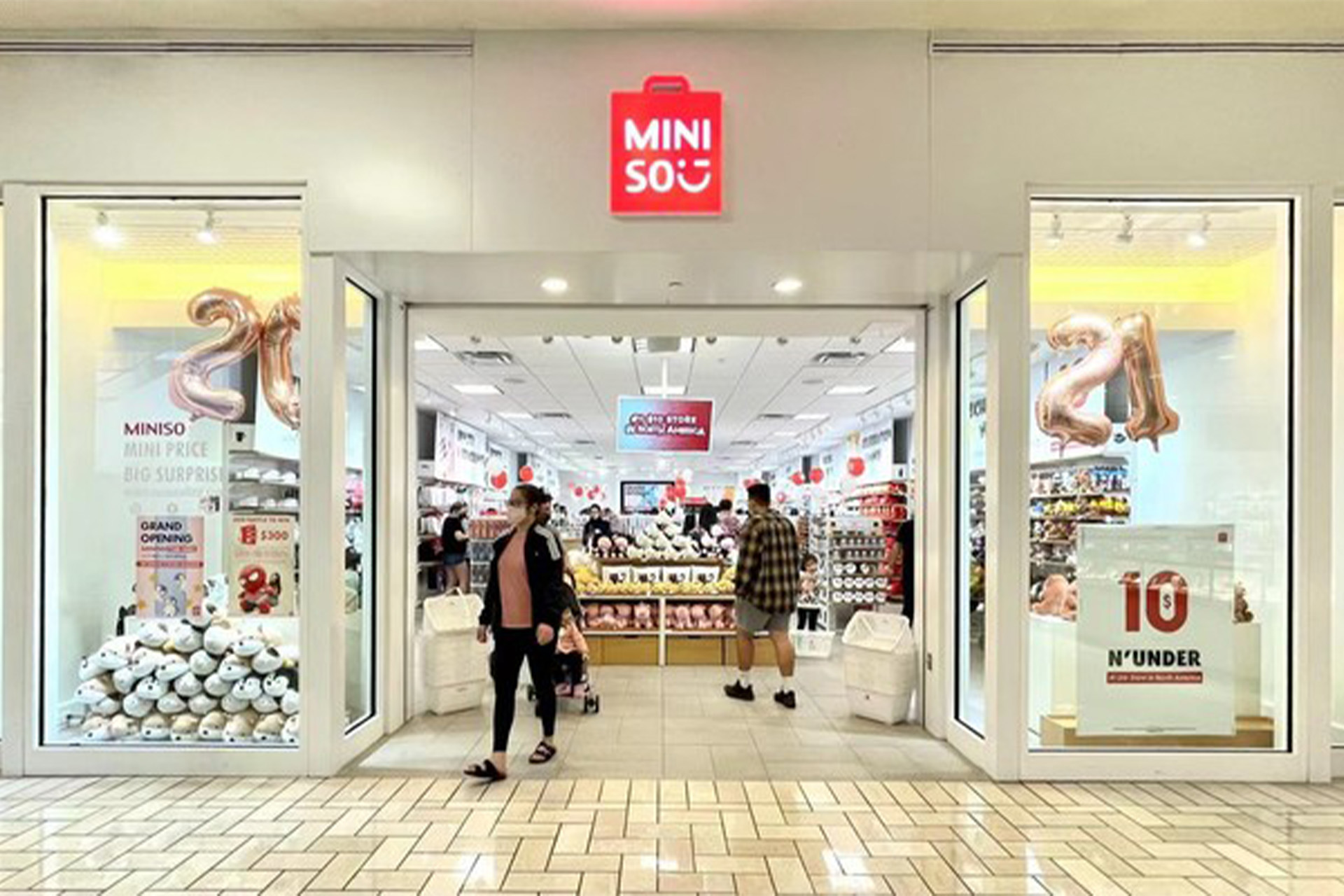
Miniso recently opened its 5,000 stores worldwide in Boston. The location of the 5,000th store opening may have been a little more than coincidental and representative of the priority the company is giving North America. It recently moved its U.S. headquarters to New York from Los Angeles and plans to open a flagship store in Queens. The Flushing neighborhood in Queens where the store is planned has a large Asian population and should generate a lot of attention on opening. It also should generate some interest among retailers as suggesting that the extreme value, dollar-store related store sector will continue to grow in novel ways that target a more diverse range of consumers.

